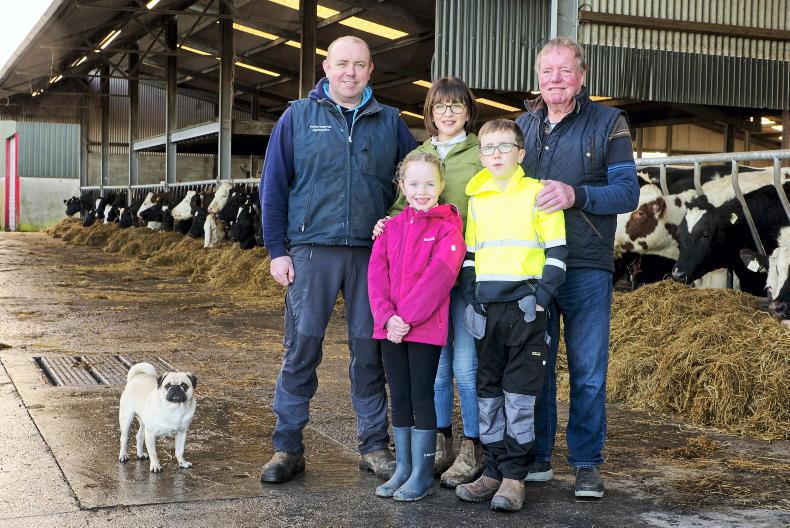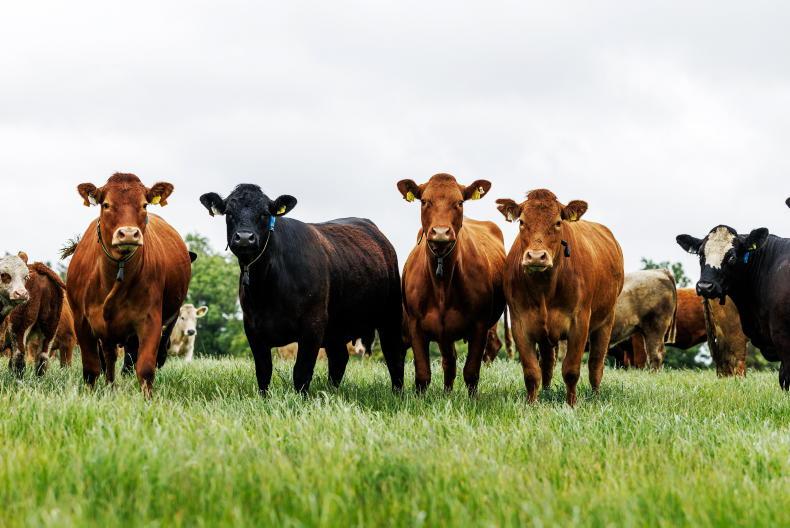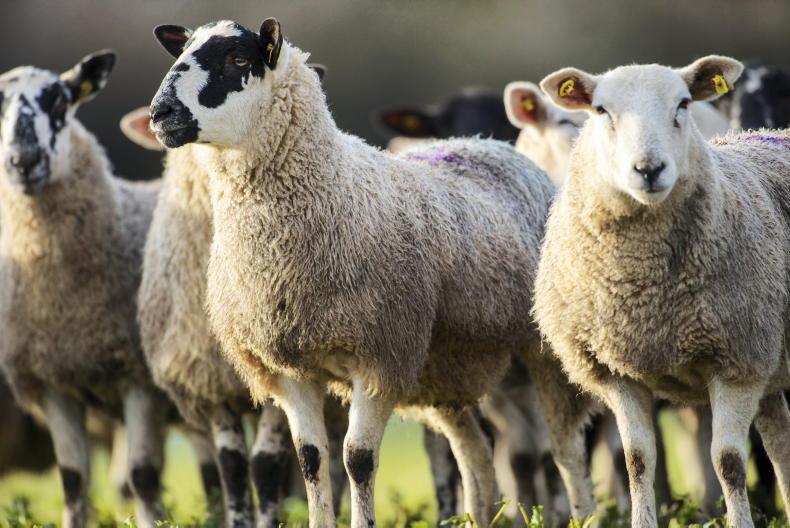The farm completed 40-day weighing on 16 May, with weights collected and submitted to Sheep Ireland as part of the LambPlus programme, through the free recording app for commercial flocks. The benefit for the farm is reports and evaluations, that can be used to monitor aspects such as identifying the best-performing animals in the flock and under-performing sheep for culling.
Manager Shaun Diver was happy with performance of lambs suckling adult ewes (excluding yearling hoggets), with lambs averaging 310g/day since birth. Weights have not been standardised for age to the 40-day weight, as of yet, with lambs weighing an average of 23.58kg, at an average of 56 days of age.
As expected there was a wide range in weight records, with 7% of lambs weighing in excess of 30kg and gaining from 380g/day to a top of 475g daily. The heaviest lamb in the group weighed 40.4kg at 66 days of age. Just shy of 30% of lambs weighed from 25kg to 30kg, with almost 42% between 20kg and 24.9kg and 21% below 20kg. As can also be expected, male lambs which have been left entire, are performing ahead of female lambs and are gaining 320g/day, approximately 20g/day ahead of females. Shaun is working closely with David Coen of Sheep Ireland and weights will be analysed in greater detail by litter, size, breed, etc, and presented at the opening day on 23 July.
Ewe weights
Ewes were also weighed on the day and recorded an average liveweight of 74.3kg. There is again a big variation in the liveweight of ewes, ranging from 44kg to 105.5kg. Mule ewes weighed around 73kg, with the majority from 60kg to 80kg.
A small percentage of Suffolk-cross ewes were similar in weight while Texel-cross ewes were significantly heavier at almost 84kg. The 23 Easycare ewes which joined the flock in 2023 were much lighter, at an average liveweight of over 64kg. Analysis will also be completed when lambs are weaned, regarding performance across the different breed types.
Health scores
The average body condition score was 3.18, with a significant percentage of ewes falling within a range of BCS 3.0 to BCS 4.0. The average dag score was 4.10, whereby the scale ranges from one, chronically affected, to five, clean/no dags. The mastitis score was recorded at 5.2%, while the incidence of lameness was higher than expected, at 9.25%. The average dag score on lambs was 3.99, while the incidence of lameness was recorded at 4.59%.










SHARING OPTIONS